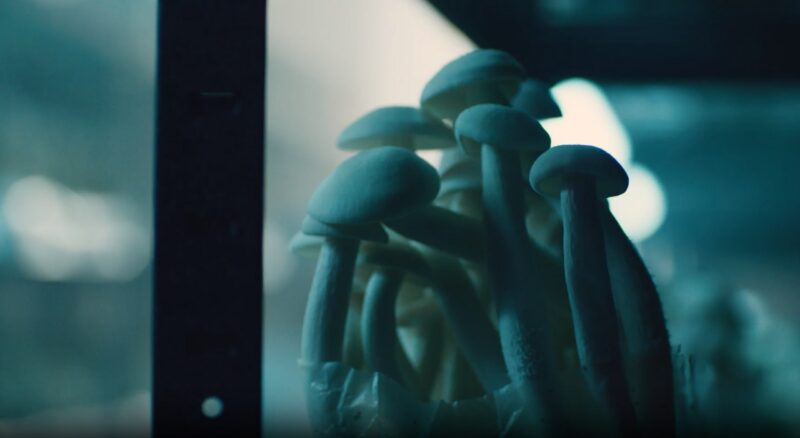In recent years, the therapeutic potential of psychedelics has become a hot topic in the medical community. Two substances, in particular, have especially gained significant attention: ketamine and psilocybin.
While both have been used recreationally for decades, their potential benefits for mental health are only now being fully explored.
The History and Origins
Both of these options have rich histories that span cultures and continents. Understanding their origins provides context for their current applications.
Ketamine: From Anesthetic to Antidepressant
Ketamine was first synthesized in the 1960s as an anesthetic for surgeries. Its rapid onset and short duration of action made it popular in medical settings. However, by the 1970s, it had also found its way into the recreational drug scene due to its dissociative and hallucinogenic effects.
In recent years, the focus has shifted to its potential as an antidepressant. Small doses of ketamine have shown promise in treating severe depression, especially in patients resistant to other treatments.
Experts are also researching other fields to determine how to help people who are struggling with different mental conditions. The great thing is that this area is evolving very fast.
Some solutions don’t require any medication at all, especially when it comes to mild conditions. In this case, various social activities or even video games could help.
Psilocybin: Sacred Mushroom to Modern Medicine
Psilocybin, the active compound in “magic mushrooms,” has been used for centuries by indigenous cultures in religious and spiritual ceremonies. Its profound mind-altering effects have been revered and respected by many civilizations.
Modern science has taken an interest in psilocybin for its potential to treat various mental health disorders. Preliminary studies suggest it may be effective in treating depression, anxiety, and even addiction.
Mechanisms of Action
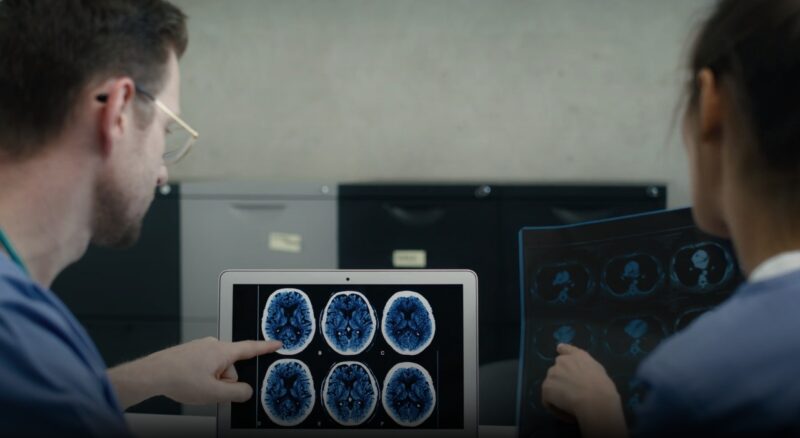
While both ketamine and psilocybin affect the brain, their mechanisms of action are distinct. Understanding these differences is crucial for their therapeutic application.
How Ketamine Works?
- NMDA Receptor Blockade: Ketamine primarily acts by blocking the NMDA receptor, which plays a role in learning and memory.
- Increased Synaptic Plasticity: This blockade leads to increased synaptic plasticity, which may help in the formation of new neural connections.
- Rapid Antidepressant Effects: Unlike traditional antidepressants, which can take weeks to show effects, ketamine can produce results within hours.
How Psilocybin Works?
- Serotonin Receptor Activation: Psilocybin primarily affects the serotonin receptors in the brain, leading to altered mood and perception.
- Brain Network Connectivity: Psilocybin seems to increase connectivity between different brain regions, potentially leading to enhanced creativity and problem-solving.
- Ego Dissolution: Many users report a feeling of “ego dissolution” or a sense of oneness with the universe, which may play a role in its therapeutic effects.
Ketamine’s Therapeutic Potential

Depression
One of the most promising applications of ketamine is in the treatment of depression. Numerous studies have shown that even a single low dose can rapidly reduce depressive symptoms in individuals who haven’t responded to traditional treatments.
Chronic Pain
Beyond its psychiatric applications, ketamine has been explored as a treatment for chronic pain conditions, including neuropathic pain and fibromyalgia.
PTSD
Preliminary research suggests that ketamine might be beneficial for individuals with PTSD, providing rapid relief from symptoms.
Psilocybin’s Therapeutic Potential
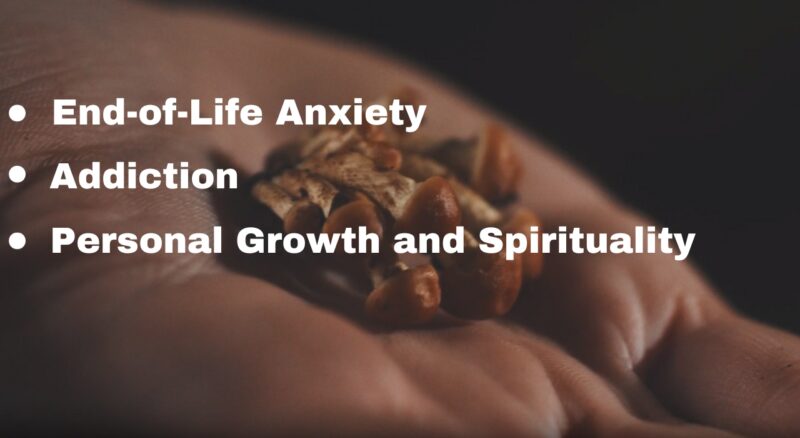
End-of-Life Anxiety
Psilocybin has shown promise in alleviating the existential distress and anxiety associated with terminal illnesses. Patients report increased acceptance of their condition and a reduced fear of death.
Addiction
Preliminary studies suggest that psilocybin therapy can be effective in treating various addictions, including alcoholism and nicotine dependence.
Personal Growth and Spirituality
Many individuals report profound personal insights and spiritual experiences during psilocybin sessions, leading to lasting positive changes in their lives. However, the crucial part is to never decide to take these substances on your own. They surely aren’t something to experiment with without proper instructions.
The best approach is to consult with experts and check their research related to this topic. For example, a detailed analysis provided by Michael R. MacIntyre and Mohan Nair.
The results of their study have shown that some things still remains unknown:
“The questions raised by the reasonable patient standard currently do not have clear answers. We do not know what a reasonable patient may want to know about psychedelic-informed therapy, the potential dangers of which are still being studied. Resolving these questions remains complicated. Many physicians believe psychedelics can be very helpful, while others believe expanded use of these drugs will be harmful.”
Safety and Side Effects
Like all substances, both ketamine and psilocybin come with their own set of risks and side effects. It’s essential to approach their use with caution and under the guidance of trained professionals.
Ketamine’s Side Effects
- Dissociation: Users often report feeling detached from their surroundings or even their own bodies.
- Hallucinations: Visual and auditory hallucinations can occur, especially at higher doses.
- Increased Blood Pressure: Ketamine can lead to a temporary increase in blood pressure and heart rate.
Psilocybin’s Side Effects
- Visual Distortions: Common effects include seeing vivid colors, patterns, or even full-blown hallucinations.
- Emotional Intensity: Emotions can be heightened, leading to both positive (euphoria) and negative (anxiety or paranoia) experiences.
- Nausea: Some users experience stomach discomfort or nausea, especially when consuming whole mushrooms.
The Future of Psychedelic Medicine
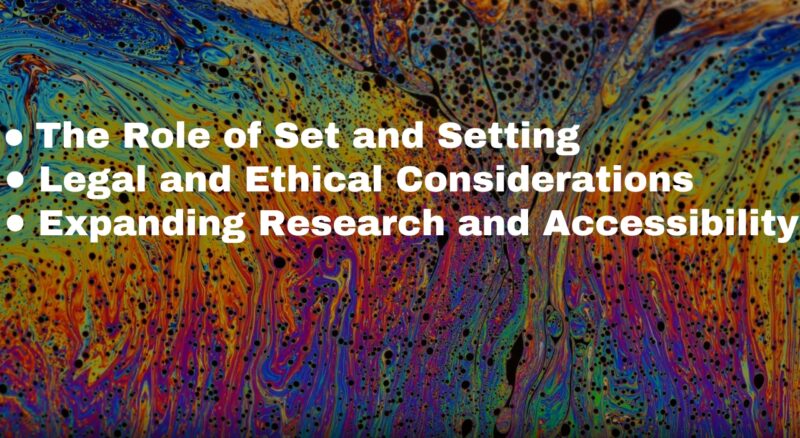
As we stand on the cusp of a new era in mental health treatment, the potential of ketamine and psilocybin as therapeutic agents cannot be understated. But what does the future hold for these substances?
The Role of Set and Setting
Importance of Environment: Both ketamine and psilocybin experiences are heavily influenced by the environment in which they are taken. Clinical settings, guided by trained therapists, can help ensure positive and therapeutic outcomes.
Integration Therapy: Post-session therapy is crucial. It allows individuals to process and integrate their experiences, maximizing the therapeutic benefits and ensuring lasting positive change.
Legal and Ethical Considerations
Decriminalization and Legalization: Various regions are moving towards the decriminalization or even legalization of psilocybin, recognizing its therapeutic potential. This shift could pave the way for more accessible treatments in the future.
Responsible Use: As these substances become more mainstream, there’s a need for education on their responsible use. Overconsumption or misuse can lead to negative experiences or potential harm.
Expanding Research and Accessibility
Broader Clinical Trials: As interest grows, larger and more comprehensive clinical trials will be essential to understand the full range of benefits and potential risks associated with ketamine and psilocybin.
Accessibility: For these treatments to have a broad impact, they must be accessible to those who need them. Efforts are underway to train more therapists in psychedelic-assisted therapy and to establish dedicated treatment centers.
Potential For Positive Impact in Different Areas
As the medical community continues to embrace the potential of ketamine and psilocybin, society at large must grapple with the broader implications of these substances. Their integration into mainstream medicine will undoubtedly have ripple effects across various sectors.
Healthcare Savings
The potential of these treatments to provide rapid and lasting relief could lead to significant savings in healthcare costs, especially when considering long-term treatments and hospitalizations.
Job Creation
As the demand for trained therapists and specialized clinics grows, there will be a surge in job opportunities in the field of psychedelic-assisted therapy.
Redefining Wellness
The success of these treatments challenges traditional notions of mental health and wellness. As more people share their transformative experiences, societal perceptions of well-being may shift towards a more holistic understanding.
Spiritual Revival
The profound spiritual experiences associated with psilocybin, in particular, could lead to a broader societal renaissance of spiritual exploration and interconnectedness.
FAQs
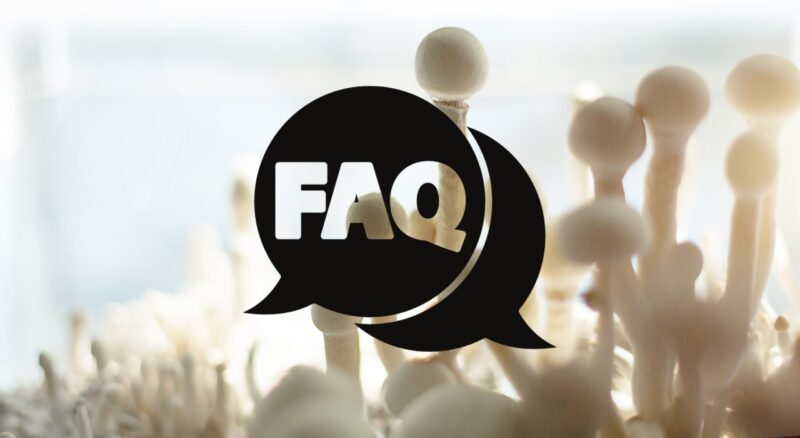
Can Individuals Self-Administer Ketamine or Psilocybin for Mental Health Issues?
It’s not recommended for individuals to self-administer either substance without professional guidance. Both substances can have profound psychological effects, and misuse can lead to adverse reactions. Always consult with a healthcare professional before considering any treatment.
Are There Any Long-Term Studies on The Effects of Ketamine and Psilocybin?
Research into the long-term effects of these substances is ongoing. While both have shown promise in short-term studies for various mental health conditions, comprehensive long-term studies are still in the early stages.
How Do the Costs of Therapies Compare to Traditional Treatments?
The costs can vary widely based on location, specific treatment protocols, and whether they’re covered by insurance. Generally, psychedelic-assisted therapies can be more expensive upfront but may lead to longer-lasting relief, potentially reducing costs in the long run.
Can Ketamine and Psilocybin Be Used in Conjunction with Other Medications or Therapies?
It’s essential to consult with a healthcare professional regarding potential interactions or contraindications. While some patients may benefit from a combination approach, there’s a risk of adverse reactions when mixing substances.
Summary
The exploration of ketamine and psilocybin as therapeutic tools is more than just a scientific exploration. It’s a journey into the depths of the human psyche, challenging our understanding of consciousness, healing, and the very nature of reality.
